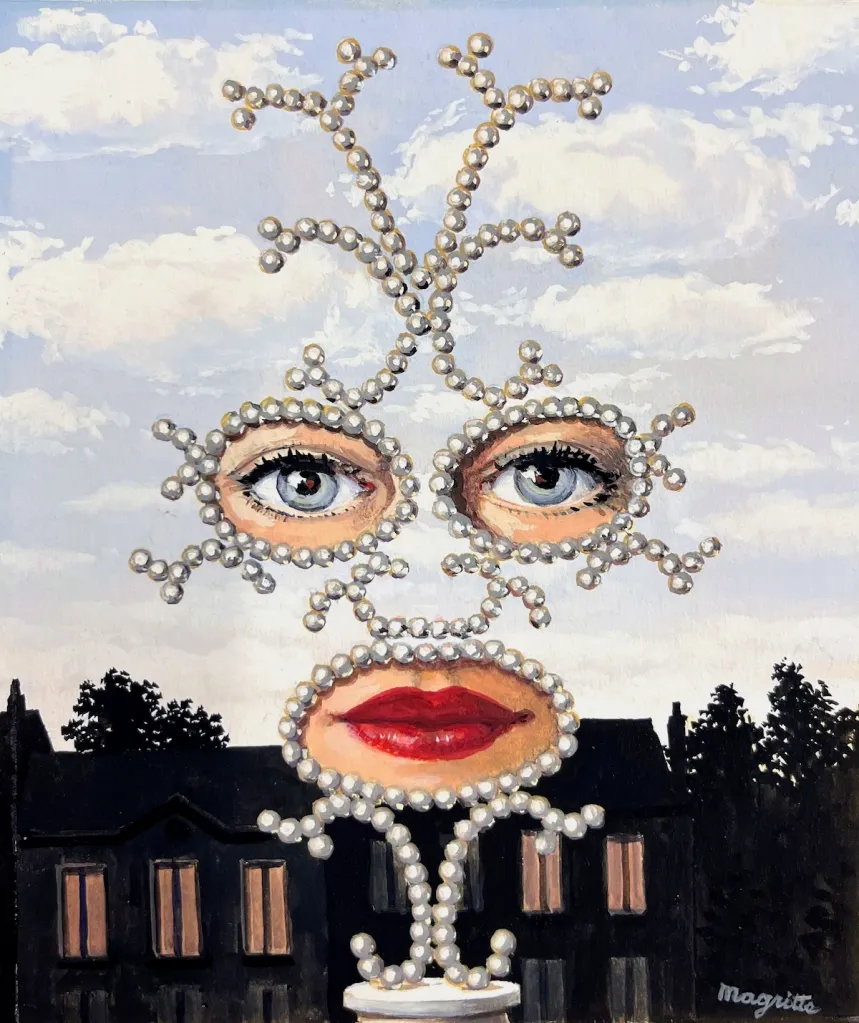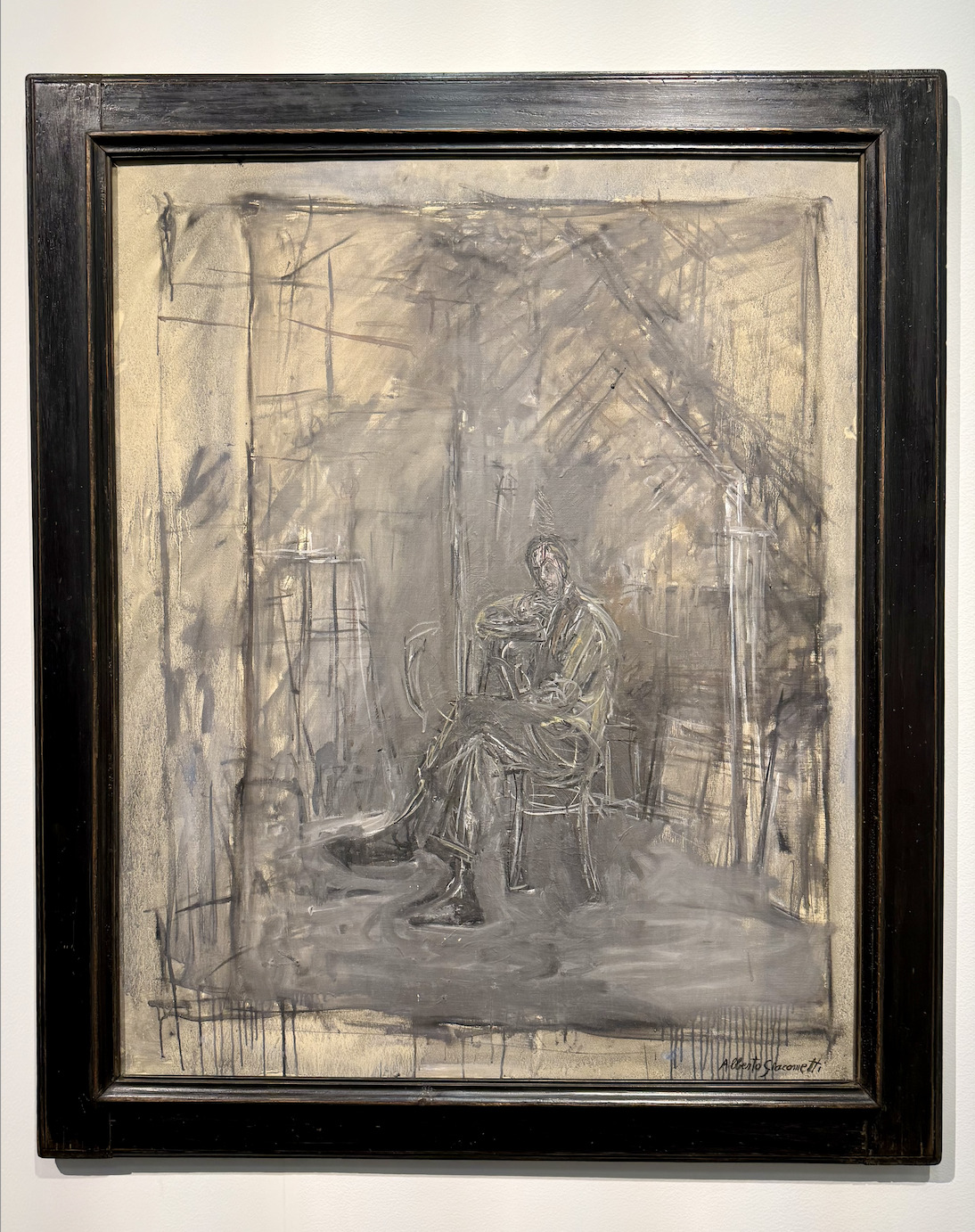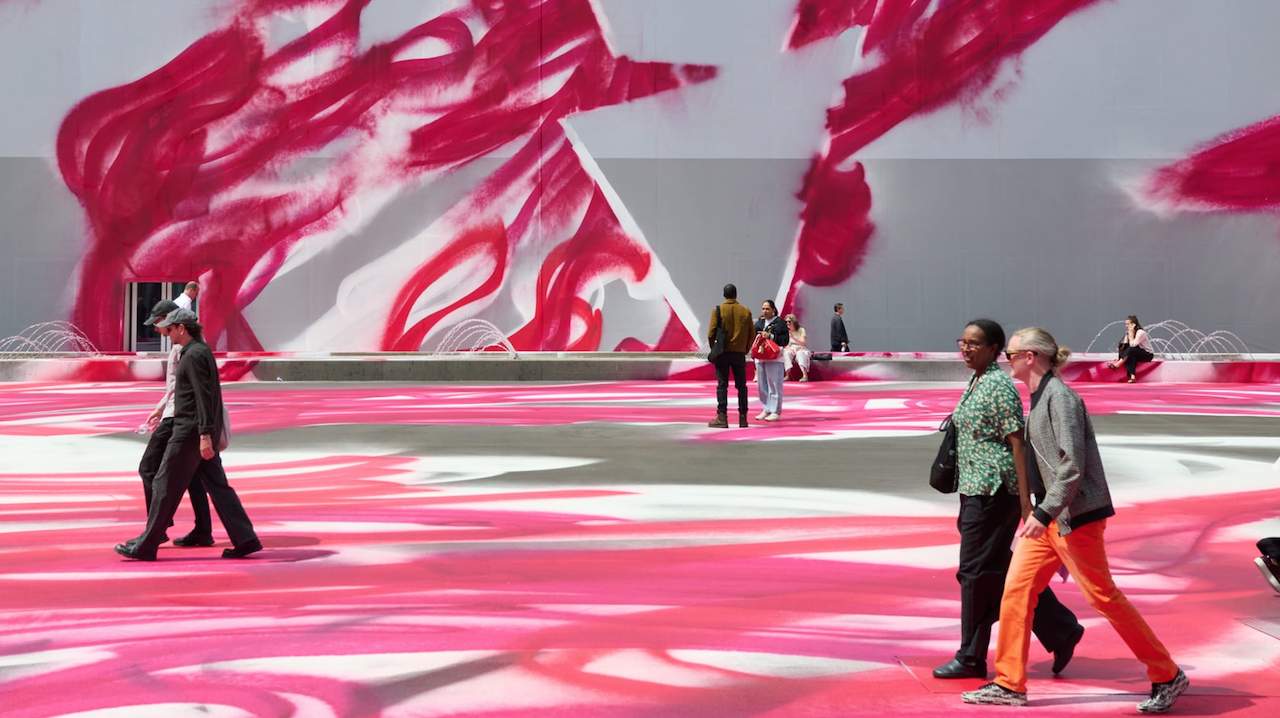Art Basel Report 2025
When the doors to Art Basel opened on Tuesday, collectors, dealers, art world professionals, and enthusiasts flocked to the main entrance to be among the first to see this year’s edition.
Especially during the morning hours, the fair was busy, with visitors strolling through the booths and exhibitions of nearly 300 galleries. This year’s edition does not disappoint, once again confirming that the Swiss fair is the crown jewel of the Art Basel series and arguably the best place to see—and buy—the finest works currently on the market.
Works unseen for decades hang alongside recognized masterpieces, often at what appear to be realistic price points. As mega-dealer Marc Glimcher put it: “No one is going to pay a stupid price for anything right now.” Still, compared to the rather somber New York auctions in May, the offerings here show a more optimistic outlook on pricing.
By the end of Tuesday, several galleries reported strong sales, especially in the low- to mid-seven-figure range, indicating sustained confidence in the market. Despite ongoing geopolitical uncertainties, collectors came prepared to buy, clearly recognizing the overall quality of what’s on view.
Many major dealers highlighted late Picasso paintings from the 1960s. In fact, Pace Gallery’s 1969 Homme à la pipe assis et amour may be the most expensive work at the fair this year, priced at $30 million. The painting was placed on reserve by Tuesday afternoon.
As for confirmed sales, Annely Juda Fine Art leads the list (as of Wednesday morning) with a 2006 David Hockney work titled Mid November Tunnel, reportedly sold for somewhere between $13 and $17 million.
Overall, dealers played it safe with top-tier 20th-century masters and established contemporary artists—an approach that kept visitors engaged and secured many of the top sales. Many booths featured manageable, wall-ready paintings and small jewel-like works. A notable example is René Magritte’s Shéhérazade at Vedovi Gallery, which was reserved on day one.

Another standout presence throughout the fair is Alberto Giacometti, whose works appear in several booths. The fair supports the consensus that the recent unsold bust at the New York May auctions was more a result of poor pricing and strategy than a market shift. At Galerie Mennour, two works on paper and a small figurine by Giacometti are thoughtfully paired with a large-scale sculpture by Alicja Kwade.

Willem de Kooning was also strongly represented, with many leading dealers showcasing one or two works. His ongoing exhibition at Gagosian New York (running through July 11, 2025) has amplified interest, and the fair’s offerings reflect that demand. This stands in stark contrast to recent auctions, which struggled to present works of similar quality.
Beyond the headline names, Mazzoleni presented a refined booth focused on Italian 20th-century masters, including Lucio Fontana and Alberto Burri, further reinforcing the stability and institutional support behind these markets.
Conspicuously, but not absent this year, was a ninety-million-dollar Jean-Michel Basquiat. A mainstay of auction houses over the past five years, his scarcity at the fair underscores a key distinction: public auctions don’t always reflect the nuances of the private market, which is shaped by dealers and exemplified at art fairs like Art Basel.
This year’s edition suggests a return of confidence and growing market stability despite global geopolitical tensions. Next week’s London auctions will reveal whether the public market aligns with this sentiment—stay tuned for our follow-up auction report.

